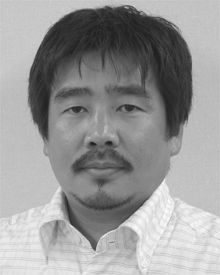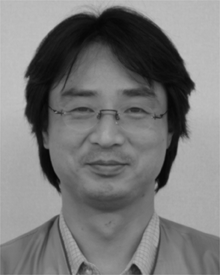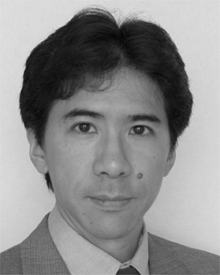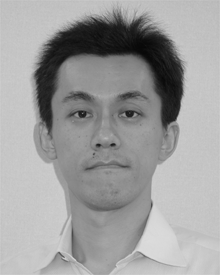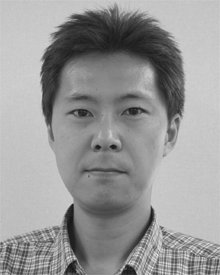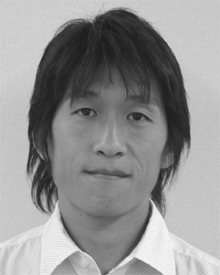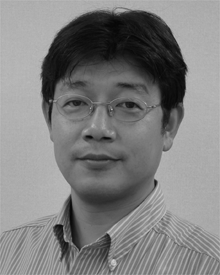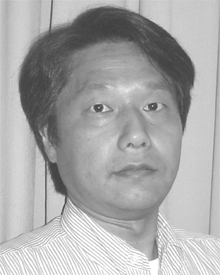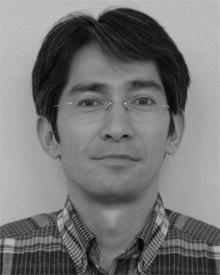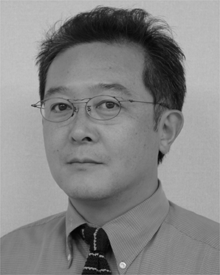I. Introduction
Dynamic voltage and/or frequency control schemes have been reported in [1]–[5]. Our approach offers both dynamic frequency control (DFC) and dynamic voltage control (DVC). Clock frequency is autonomously and dynamically controlled while supply voltage is adaptively controlled resulting in the leakage power compensation effect. This dynamic voltage and frequency management (DVFM) approach achieved 82% power reduction in a Personal Information Management (PIM) application.


